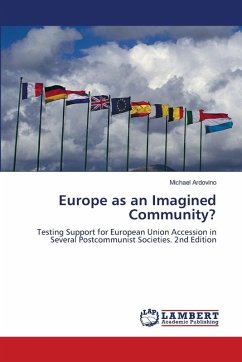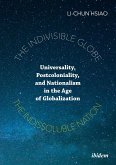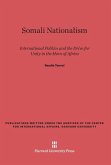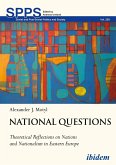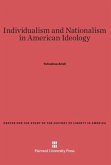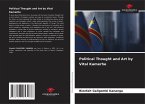In December 2007, the Estonian government ordered a bronze statue of a Soviet soldier moved in a Tallinn square to a more obscure location. The statue, which was erected in 1947, was regarded by ethnic Estonians as a symbol of Soviet occupation and had become an icon of "old space". It was perceived to be a symbol of an earlier imperialistic and colonial Soviet occupying force. At the same time, the large ethnic-Russian population in Estonia perceived it as a symbol of liberation from the Nazis and the Russian parliament responded by denouncing the move. The statue, like a newspaper or museum, was a tool in promoting an illegitimate identity for many. The statue's removal would more easily permit the creation (or recreation) of new space and a new time for the nation-state of Estonia. Ethnic Estonians, both politicians and the voters who elect them, would consolidate their own "imagined community."
Bitte wählen Sie Ihr Anliegen aus.
Rechnungen
Retourenschein anfordern
Bestellstatus
Storno

